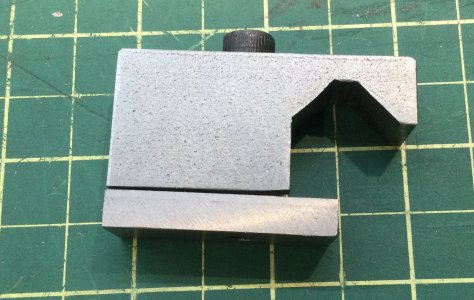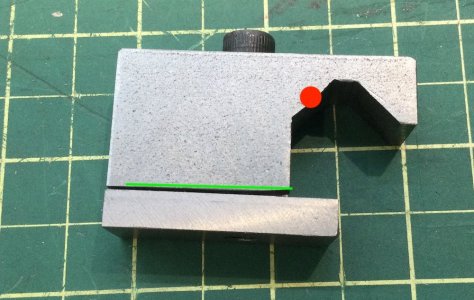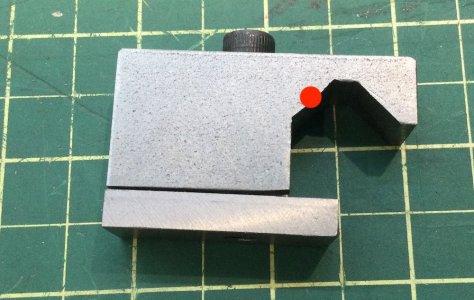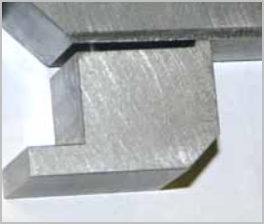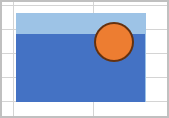These two links are in the Library plans threads.
I've updated the info on the Atlas Micrometer stop as "tomstechniques" website seems to be gone.
I combined the two stops and made mine for V ways and has the threaded spindle stop.
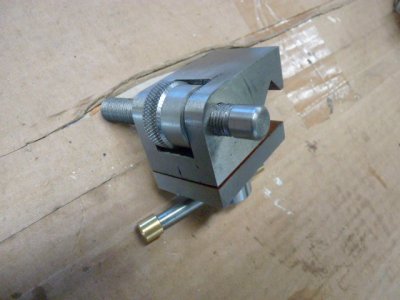
Here are two plans, I combined the two to fit the V ways and have the dial adjustment.

 thecogwheel.net
thecogwheel.net

 tomstechniques.com
tomstechniques.com

Carriage Stop
This is another project that has been on the to do list for quite awhile now. I’ve been needing a slitting saw lathe carriage stop every since I bought my first lathe and have managed to put…

Micrometer Carriage Stop
 tomstechniques.com
tomstechniques.com
- YotaBota
- Replies: 8
- Forum: Project Plans
I've updated the info on the Atlas Micrometer stop as "tomstechniques" website seems to be gone.
I combined the two stops and made mine for V ways and has the threaded spindle stop.


